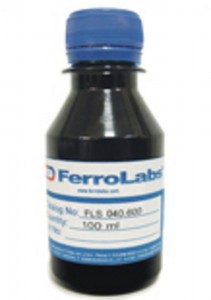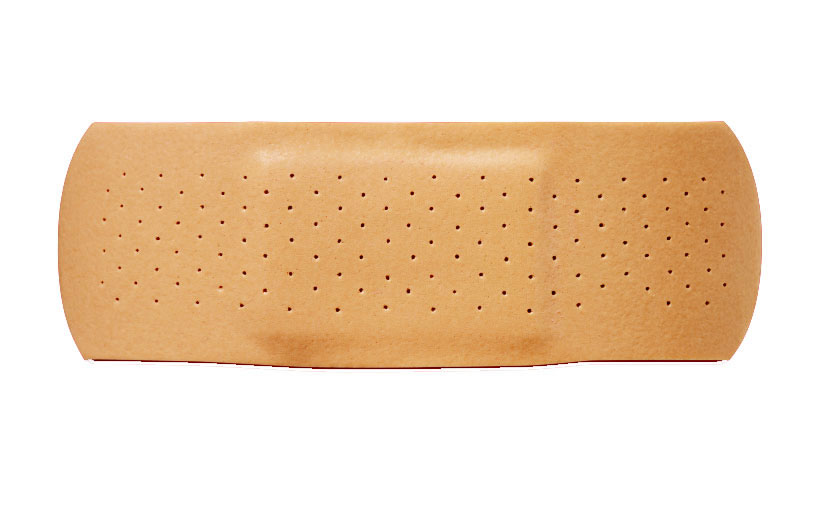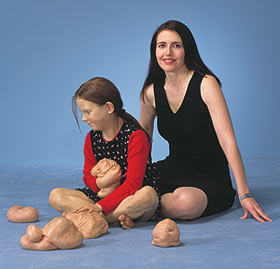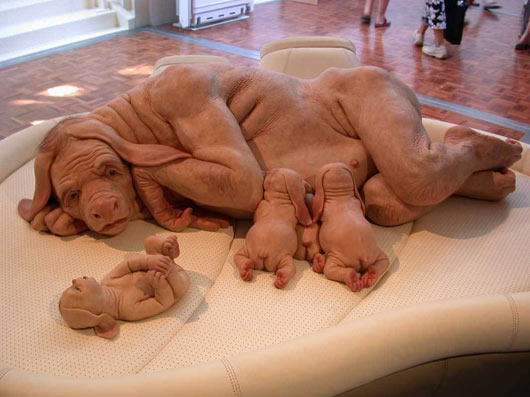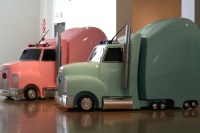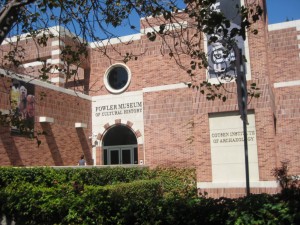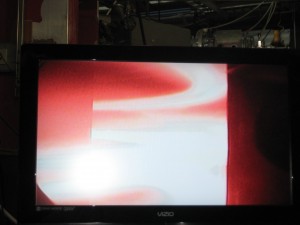On Monday I was really sick. I could hardly get out of bed for the whole weekend so I went to the doctors. Since I could not do the normal stuff that day, I’ll talk about the program so far.
I really had no idea what to expect coming into this. I just knew that it would involve science and maybe some art. I was fine with that and figured that it would at least be entertaining enough to last for two weeks.
After the first full day I still did not know what to expect. I had no idea what the project entailed or what we would be doing everyday since we didn’t get a schedule in advance. The only thing that I knew is that I really liked all the councilors and administrators.


As the program has gone on I have enjoyed it. The days go by quickly. I enjoy the lectures even if they are very long at times. We don’t have much free time but I think that it is still enough. My only complaint is that the course overall seems somewhat haphazardly put together. There are no segways from one idea to another; they simply jump. This isn’t really an issue, it just means that the course does not provide the “big picture” that I heard about before. There is science, and there is art. The two do interact but there is a clear line between them, in my mind at least.

http://artsci.ucla.edu/summer/
http://www.youtube.com/watch?v=wEzRdZGYNvA
http://www.youtube.com/watch?v=m55kgyApYrY
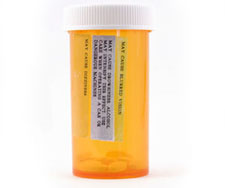

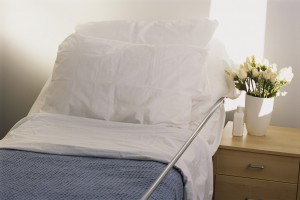
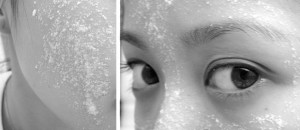 I often call Aspirin my miracle product. Although there are lots of dangerous side affects and risks when consuming it, it can be used externally as well. When dissolved in water to make a paste, it can be applied to wounds for temporary pain relief. By adding a few tablets to your shampoo, you’ve turned your shampoo into a deep cleaning dandruff shampoo. It can also be used on the face to treat and prevent acne and acne scars. This can be done by grinding up the
I often call Aspirin my miracle product. Although there are lots of dangerous side affects and risks when consuming it, it can be used externally as well. When dissolved in water to make a paste, it can be applied to wounds for temporary pain relief. By adding a few tablets to your shampoo, you’ve turned your shampoo into a deep cleaning dandruff shampoo. It can also be used on the face to treat and prevent acne and acne scars. This can be done by grinding up the 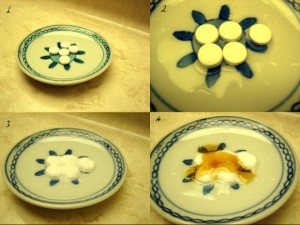 aspirin in a little bit of water and adding honey. This mixture can be used as a mask or as an
aspirin in a little bit of water and adding honey. This mixture can be used as a mask or as an 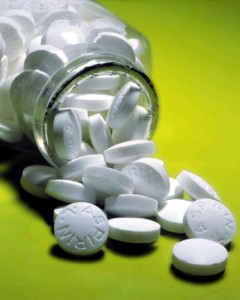
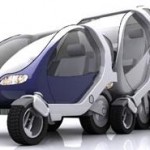 accomplishments that occur. This morning’s lecture, however, really made me realize all that is in store for humans. The slide show showed things such as outrageous cars and products that real companies are producing. A lot of the things that are in development are straight from a sci-fi film and it is difficult to believe that they could be a reality. Seeing all of this made me extremely excited for the future and what it has in store.
accomplishments that occur. This morning’s lecture, however, really made me realize all that is in store for humans. The slide show showed things such as outrageous cars and products that real companies are producing. A lot of the things that are in development are straight from a sci-fi film and it is difficult to believe that they could be a reality. Seeing all of this made me extremely excited for the future and what it has in store.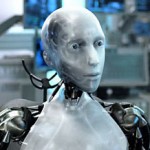 The thought of the future also poses very distressing problems however. Several movies about the future, such as iRobot and The Day After Tomorrow, show the future as being a grim place. These movies usually show how the development of the human race gets out of hand and therefore causes catastrophe. For example, in iRobot, robots were popularly used and they greatly improved the world- making things much easier to do. These robots, however, became to intelligent and tried to take over the world. The Day After Tomorrow dealt with global warming.
The thought of the future also poses very distressing problems however. Several movies about the future, such as iRobot and The Day After Tomorrow, show the future as being a grim place. These movies usually show how the development of the human race gets out of hand and therefore causes catastrophe. For example, in iRobot, robots were popularly used and they greatly improved the world- making things much easier to do. These robots, however, became to intelligent and tried to take over the world. The Day After Tomorrow dealt with global warming.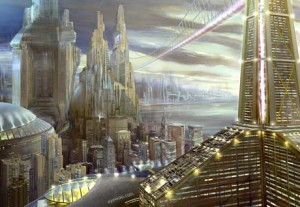




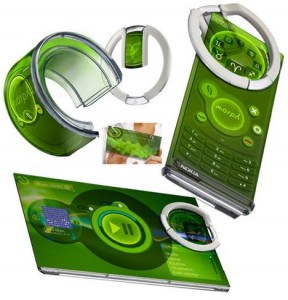
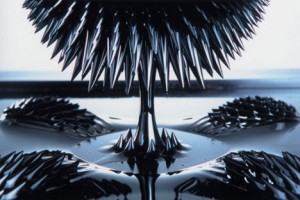 Later everybody got to create their own ferrofluid, a liquid which becomes strongly polarized in the presence of a magnetic field, and experiment with it others in their groups. They are composed of tiny iron particles covered with a liquid coating, which gives them their liquid properties. Using magnets people manipulated and create many various designs and patterns in the ferrofluid. This ability to change phases with the application of a magnetic field allows them to be as seals, lubricants, and may open up further applications in future electromechanical systems. Ferrofluids are a unique class of material. This technology is capable of solving a wide variety of technical problems for there are many successful applications of this engineering material. There is immense future potential.
Later everybody got to create their own ferrofluid, a liquid which becomes strongly polarized in the presence of a magnetic field, and experiment with it others in their groups. They are composed of tiny iron particles covered with a liquid coating, which gives them their liquid properties. Using magnets people manipulated and create many various designs and patterns in the ferrofluid. This ability to change phases with the application of a magnetic field allows them to be as seals, lubricants, and may open up further applications in future electromechanical systems. Ferrofluids are a unique class of material. This technology is capable of solving a wide variety of technical problems for there are many successful applications of this engineering material. There is immense future potential.